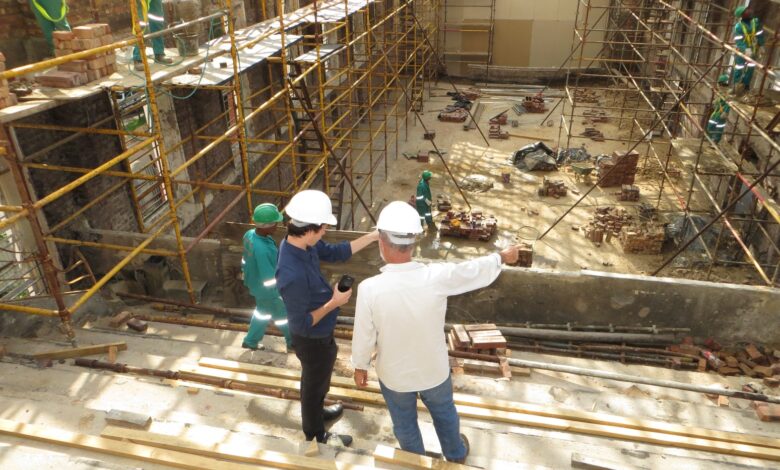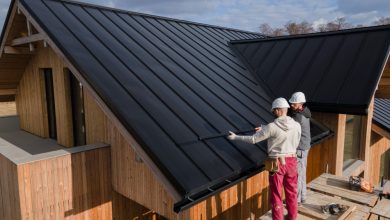
Earthquakes can happen commonly in several areas around the world. However, no matter how often earthquakes occur, no one is really ready for the impact they bring. Houses are vital to shelter everyone from different calamities. So, keeping your home secured from earthquakes should be a priority.
On top of earthquake recording instruments and other devices that monitor earthquakes, it is best to work on your home first. With a solid and stable home, you will be safer and more secure.
Throughout history, we’ve built impressive structures and cities only for them to encounter the forces of nature. Earthquakes are one of the Earth’s most destructive forces — the seismic waves throughout the ground can destroy buildings, take lives, and costs tremendous amounts of money for loss and repair.
It is important to make your home prepared for different disasters such as earthquakes. Aside from the fact that it gives you shelter, it will also save your and your loved ones’ lives.
So, how do you make your home earthquake-ready? Here are some tips to take note of:
Table of Contents
Use Reinforced Masonry Walls
Unreinforced Mansory building is a type of building where load-bearing walls and non-load bearing walls are made of cinderblocks, bricks, hollow clay tiles, or other masonry materials. These buildings are vulnerable during an earthquake, and can easily collapse and crush the occupants of the house.
According to the ‘American Institute of Physics’, if your building plans include masonry infill walls, the best solution is to add steel frames to correct structural problems. Another solution could be to leave space between the walls and the building frame. This allows for some drift as the building moves during an earthquake.
Have A Solid Yet Flexible Foundation
One way to resist ground forces is to “lift” the building’s foundation above the earth. Base isolation involves constructing a building on top of flexible pads made of steel, rubber, and lead. When the base moves during the earthquake, the isolators vibrate while the structure itself remains steady.
This effectively helps to absorb seismic waves and prevent them from traveling through a building. With a foundation built upon earthquake readiness, your home will be able to withstand different environmental disruptions.
Lower Installation Of Fragile Items
You shouldn’t have any shelves or heavy artwork located right above your bed that may cause serious injury to your head should the object or its contents fall off onto you. Mirrors should also not be placed in high places as they will shatter easily when displaced.
This is also a measure to ensure your path of exit. With this tip, you can ensure that nothing heavy or sharp will come flying your way in the event of a serious tremor can be done without any additional cost.
Prepare Home Systems
It’s also important to make sure that your home systems are ready for earthquakes. All the shaking could cause your water and gas lines to disconnect, leading to problems like flooding and gas leaks. A licensed plumber can install flexible connections so these lines don’t get pulled out during natural disasters.
You should also consider investing in a natural gas shut-off valve. It will automatically disable the line when it detects the seismic activity of a certain magnitude. This can help prevent the fires and explosions that often occur after earthquakes.
Use Ductile Construction Materials
Ductility describes how well a material can tolerate plastic deformation before it fails. Thus, materials with high ductility can absorb large amounts of energy without breaking. Structural steel is one of the most ductile materials, while brick and concrete are low-ductility materials.
Researchers have also developed creative solutions that show how structural steel is not the only earthquake-resistant material worth considering. For example, scientists engineered fiber-reinforced concrete with properties similar to steel. They called the material eco-friendly ductile cementitious composite.
Key Takeaway
Tens of thousands of earthquakes happen globally every year. Although some cause minor or no damage, others lead to collapsed buildings, loss of life, and tremendous disruptions to local economies.
The above list is not all-encompassing but they should come up in every conversation about helping a building resist earthquakes. Over the past few decades, engineers have introduced new designs and building materials to better equip buildings to withstand earthquakes.
When architects, construction workers, and other professionals protect a structure against seismic activity from the start, they’ll contribute to safer, more sustainable, and more productive communities.




